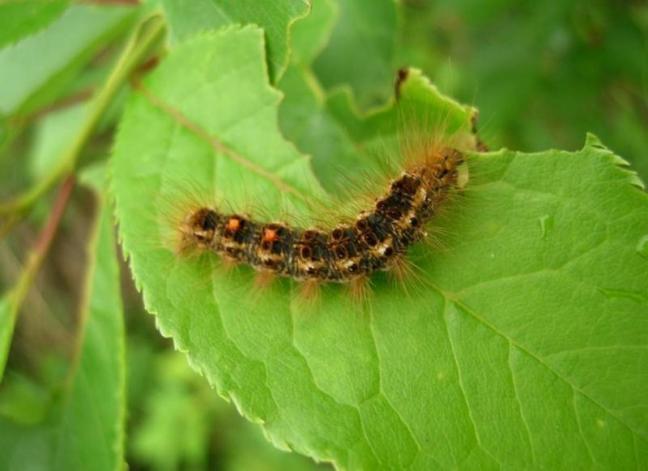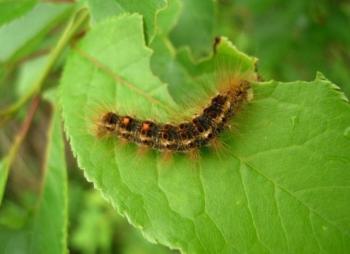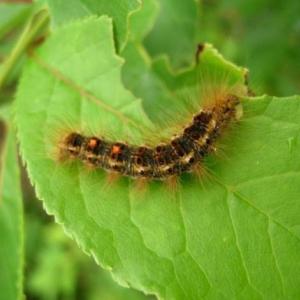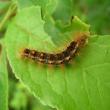Short update about Brown Tail Moth in Maine, courtesy state Forest Service
The following appeared in the June 27 newsletter, Invasive Pest Outreach Information, from the Maine Dept. of Agriculture, Conservation and Forestry:
Browntail Moth (Euproctis chrysorrhoea) – The caterpillars have begun spinning cocoons to pupate in. We remind you that the cocoons, which can be found in sheltered areas such as on cars, boat trailers campers and eaves of houses as well as on the host tree leaves, are loaded with toxic hairs. The cocoons may contain multiple caterpillars/pupae and the toxic hairs that come along with them. It is also important to remember to check vehicles, camper, trailers, etc., for cocoons before you travel so you aren’t bringing them along for the ride. When possible, don’t park near infested trees, learn to recognize the cocoons and remove them if you find them. If you frequently travel between infested and uninfested areas, be on the lookout for signs you’ve taken this hitchhiker for a ride.
We have some good news from the field. In a few locations we are seeing collapses of browntail moth due to the fungus Entomophaga aulicae and possibly other pathogens. The Maine Forest Service is collaborating with University of Maine’s Dr. Ellie Groden and her graduate student Karla Boyd to characterize these outbreaks and tease apart what species the pathogen community surrounding browntail is comprised of. These fungal outbreaks were brought on by the wet spring conditions we had this past year. Towns where diseased caterpillars have been found include Bristol, Arrowsic, Whitefield, Jefferson parts of Camden, Turner, Harpswell, Brunswick and Wiscasset, as well as other towns. We’re not likely to see a statewide population collapse of browntail this year, however some areas have had temporary relief.
Limiting outside lights at night during mid-July–August is good for many reasons, but if you need one more, it can help reduce the number of browntail moths to your area. Female browntail moths are attracted to lights and tend to hang out on host plants so a bug zapper will do no good.
More information about how to recognize browntail moth and where we know it occurs can be found on our website.
Event Date
Address
United States

























